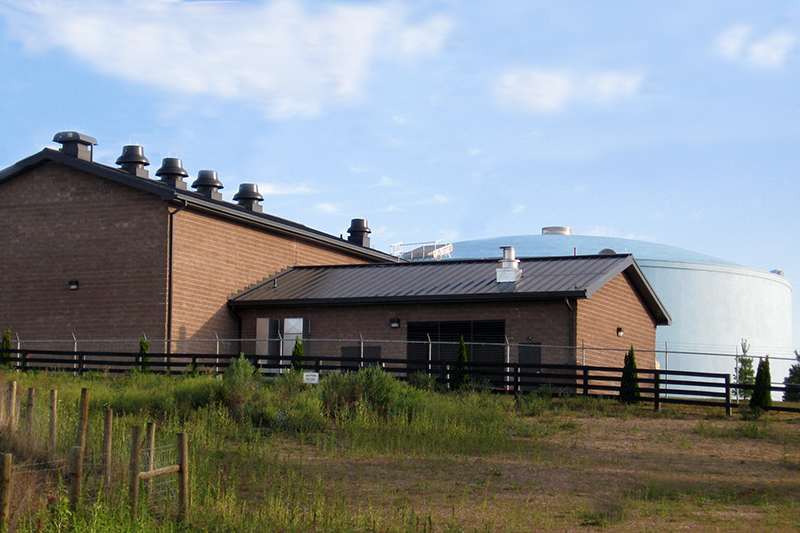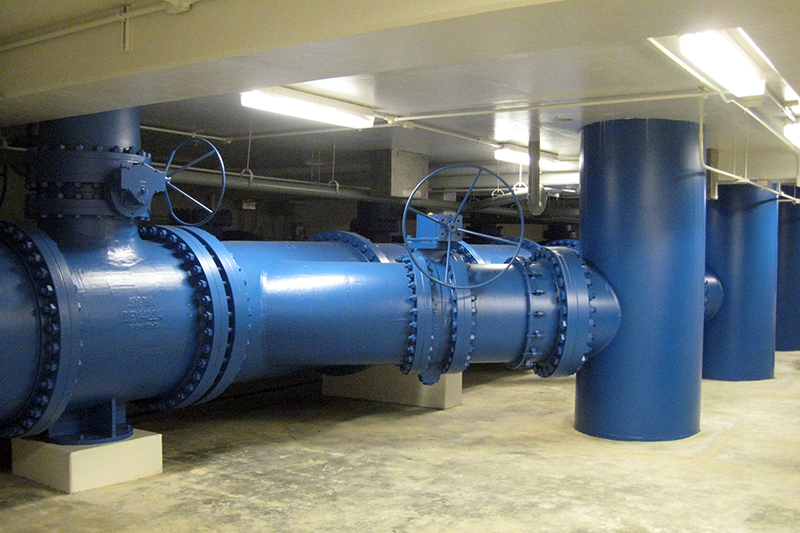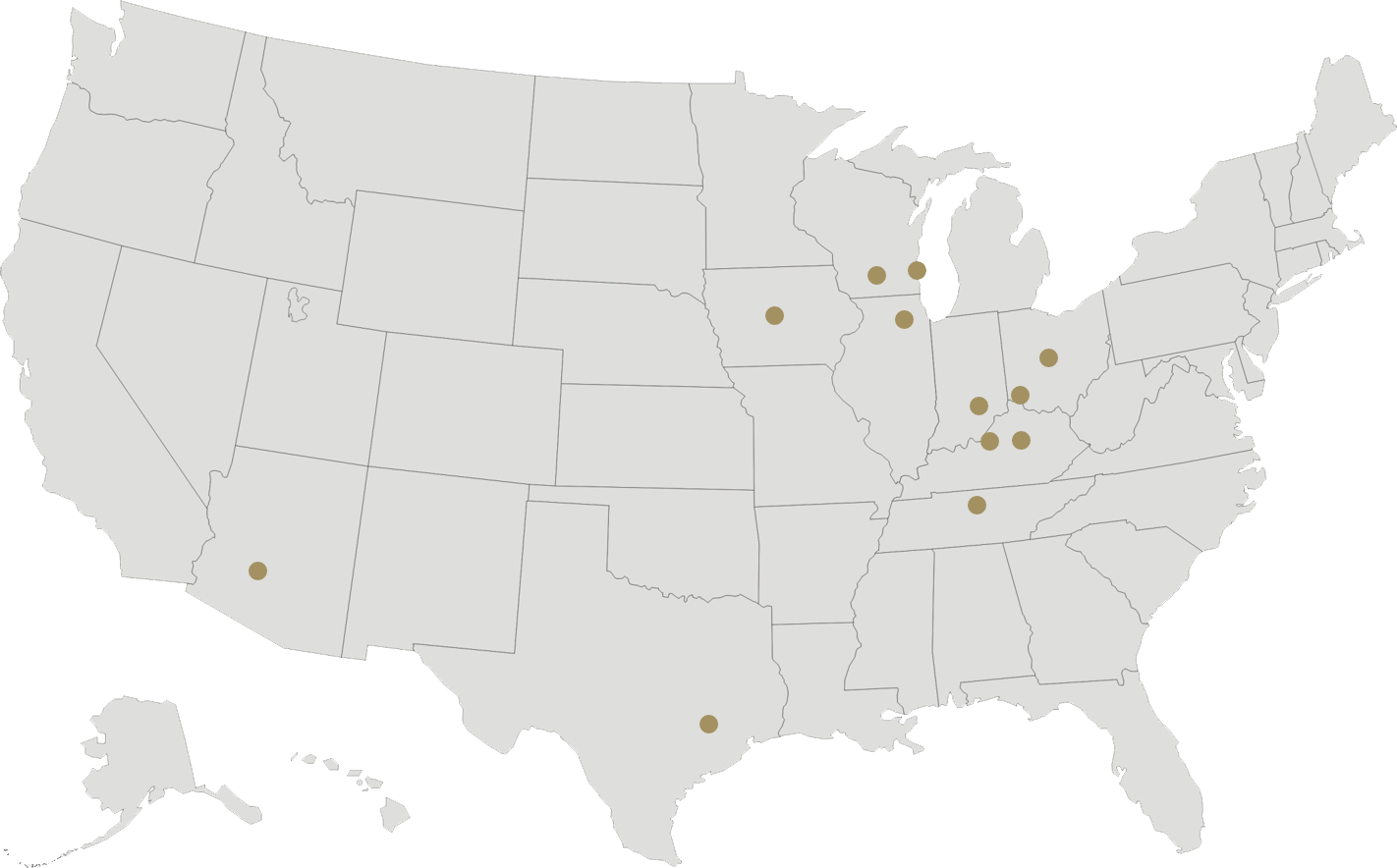Our firm completed a model analysis of the Kentucky American Water (KAW) Company’s Central Division (serving a combination rural and urban population of more than 300,000, including Lexington), and Northern Division (primarily rural) systems, as part of a comprehensive system planning study completed once every 20 years. Our modeling efforts enabled us to contribute recommendations for capital and operational improvements for both divisions.
Our project team worked with field staff to conduct hydrant tests at strategic locations within the Northern Division and after reviewing the hydrant test results and SCADA-recorded data, we identified several key areas in the Northern Division model that did not reflect appropriate infrastructure connectivity. Pinpointing these areas enabled us to revise and then calibrate the model, where another firm’s previous calibration efforts had proven to be unsuccessful. The Central Division system did not require calibration, as we had recently created a model to calibrate this system.
Complex computer modeling was crucial in capturing the highly variable hydraulic conditions that can result from different water treatment plant production rates. We established a two-pronged approach in which we first analyzed hydraulic conditions using different demand scenarios to determine feasibility and hydraulic impact on the system, as well as identified potential capital and operational improvements. We then carried out water age simulations under current and future demand conditions to better understand the impacts of chlorine residual, nitrification, and disinfection byproduct formation.
Our team identified several improvement alternatives, but the most cost-effective and efficient solution was decidedly forging an interconnection between the North and Central Division systems. Connecting the two systems also created the opportunity to carry out several other improvements, such as increasing available storage and improving pressure conditions. By proposing this solution, we reduced reliance on adjacent water Utilities and lowered overall operating costs.
Back to Project Gallery

